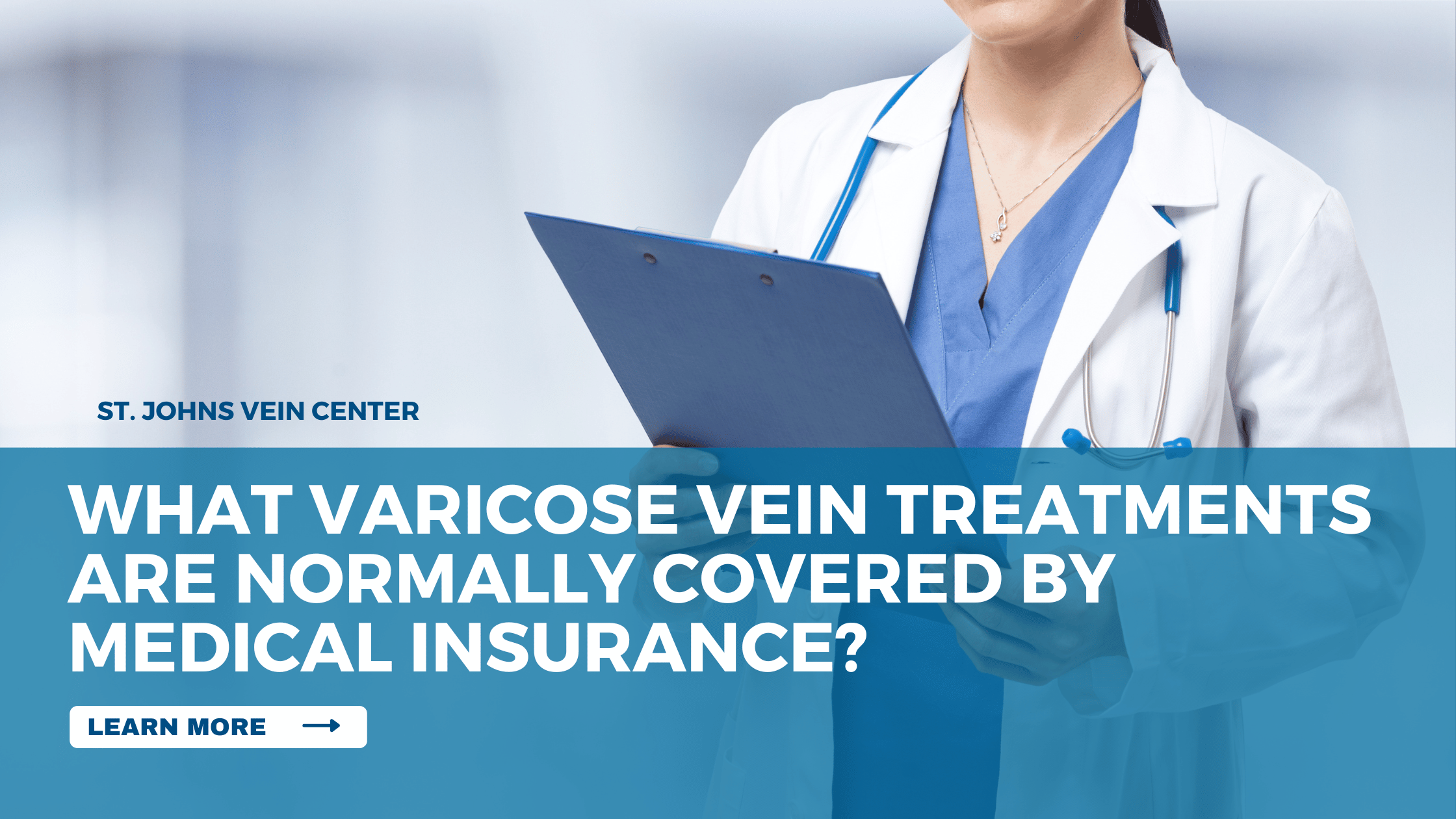The coverage of varicose vein treatments by medical insurance can vary depending on the insurance provider, the specific policy, and the medical necessity of the treatment. In general, insurance coverage for varicose vein treatments is more likely if the condition causes significant symptoms or complications. Common treatments for varicose veins include:
- Conservative Management: Insurance providers often require patients to undergo conservative management first, which includes lifestyle modifications and wearing compression stockings. This approach aims to alleviate symptoms without invasive treatment.
- Endovenous Ablation: Procedures like endovenous laser treatment (EVLT) or radiofrequency ablation (RFA) use heat to close off the affected veins. These minimally invasive procedures are commonly covered if there is evidence of venous reflux and related symptoms.
- Sclerotherapy: This procedure involves injecting a solution into the varicose veins, causing them to scar and close. Insurance may cover sclerotherapy if conservative management fails or if the varicose veins are causing symptoms.
- Ambulatory Phlebectomy: In this outpatient surgical procedure, small incisions are made to remove varicose veins. Coverage for ambulatory phlebectomy depends on medical necessity, symptoms, and the insurance policy.
It’s important to note that coverage policies can vary widely, and insurance providers may require pre-authorization or documentation of medical necessity before approving coverage for varicose vein treatments. It’s advisable to consult with your insurance provider directly to understand the specific coverage available under your policy. Additionally, discussing your condition with a healthcare provider can help determine the most appropriate treatment options and navigate insurance coverage.




